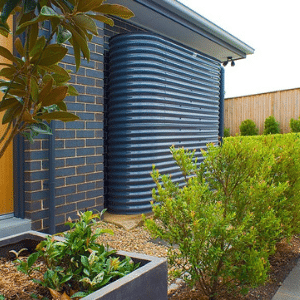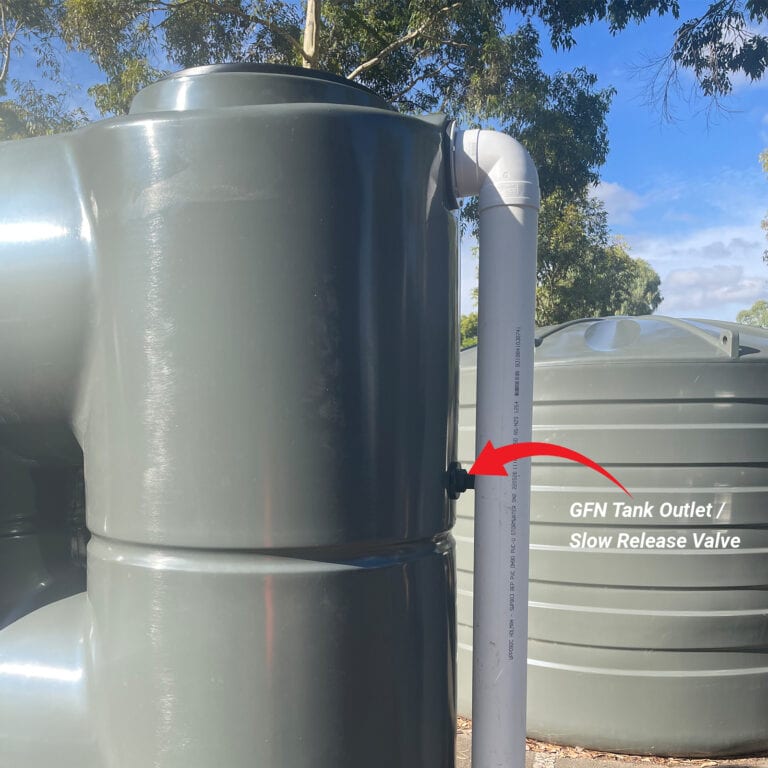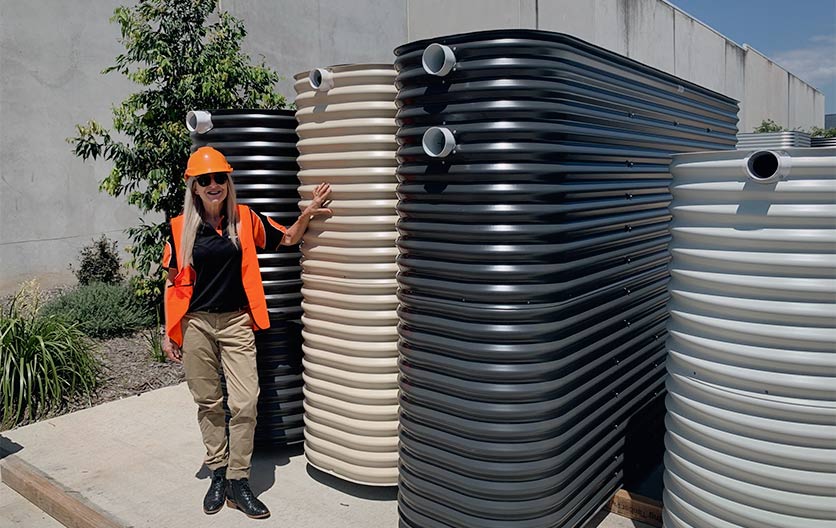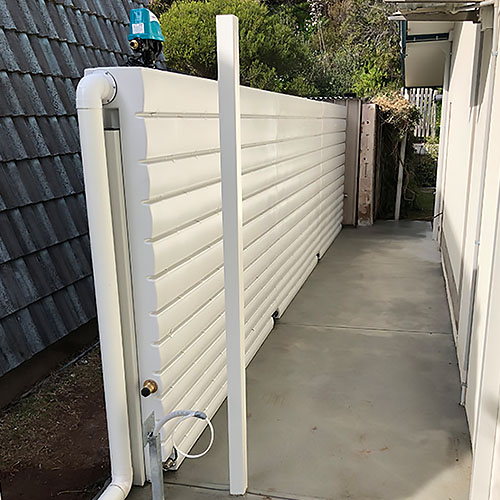Slimline Water Tanks: Space-Saving Solutions for Small Features
Slimline Water Tanks: Space-Saving Solutions for Small Features
Blog Article
Comprehending the Relevance of Rainwater Tanks in Drought-Prone Regions for Water Security
In areas susceptible to long term droughts, the role of rain containers in bolstering water safety and security is a subject of growing importance. As areas come to grips with the difficulties of water scarcity, comprehending the importance of these containers surpasses simple collection of rain. Rainwater containers work as a vital device in mitigating the influence of water shortages by providing a sustainable source of water for various demands. Nonetheless, the real value of rainwater storage tanks extends far past plain storage space; it includes resilience-building steps and the promo of long-term water conservation approaches. This complex strategy to water protection warrants a more detailed assessment of the function rain storage tanks play in ensuring a dependable water during times of dry spell.
Benefits of Rain Containers
Using rainwater containers provides a sustainable remedy for boosting supply of water and boosting water security in domestic and industrial settings. Among the key benefits of rain tanks is their capability to lower reliance on mains water. By catching and keeping rain that falls on rooftops, this alternative source can be utilized for various non-potable functions such as irrigation, flushing bathrooms, and washing clothing. This not only preserves cured alcohol consumption water however additionally reduces water bills for customers.

Rain Harvesting Strategies
Rainwater gathering strategies incorporate a range of techniques designed to successfully accumulate and save rain for different purposes, adding to water preservation and sustainability. Another popular technique is the use of above-ground or below ground storage space containers to save rainwater for later use.

Furthermore, rain yards and absorptive pavements are innovative strategies that involve landscaping or paving surface areas in a way that permits rainwater to percolate right into the ground, replenishing groundwater reserves. Furthermore, contour farming and terracing are farming practices that help record rain and stop dirt erosion in hilly surface. By applying these varied rain harvesting strategies, communities can boost water safety and resilience in drought-prone areas while promoting lasting water monitoring methods.
Relevance of Water Protection
Guaranteeing trusted access to tidy and enough water resources is critical for maintaining human health, financial advancement, and environmental health. Water protection is an important facet of societal resilience, particularly in regions vulnerable to dry spells and water shortage. Appropriate water safety and security includes numerous measurements, consisting of availability, top quality, important site and accessibility of water for residential, farming, commercial, and environmental requirements.
Water security plays a critical duty in advertising public health by reducing the prevalence of waterborne diseases and guaranteeing sanitation centers. Economically, water safety is crucial for agricultural performance, commercial operations, and general economic development. Slimline water tanks. Water protection is very closely linked to environmental sustainability, as it sustains environments, biodiversity, and total eco-friendly equilibrium.
In drought-prone regions, water protection becomes a lot more essential because of the heightened risk of water scarcities. Executing techniques like rainwater harvesting, water recycling, and efficient water management practices can considerably enhance water safety and security in these locations. By prioritizing water safety, communities can much better stand up to the influences of environment change, populace growth, and various other obstacles that threaten water accessibility.
Enhancing Water Resilience
With raising worldwide water obstacles, building resilience in water systems has ended up being a critical emphasis for lasting growth initiatives. Enhancing water durability entails carrying out methods to guarantee water accessibility and quality in the face of transforming environmental problems, such as dry spells, floodings, and contamination.
One trick aspect of enhancing water durability is advertising the use of rain storage tanks in drought-prone regions - Slimline water tanks. Rainwater storage tanks function as an efficient methods of capturing and keeping rainwater for later use, minimizing reliance on limited freshwater resources during dry durations. By integrating rainwater harvesting systems into water administration strategies, neighborhoods can enhance their capability to stand up to Resources water deficiency and maintain water safety and security

Sustainable Water Conservation
In the middle of escalating water obstacles, the sensible administration of water resources through sustainable conservation techniques is important for making sure long-term ecological stability and social health. Sustainable water preservation involves the reliable use water resources to meet present needs without jeopardizing the capability of future generations to meet their very own demands. By executing strategies such as rain harvesting, greywater recycling, and water-efficient innovations, neighborhoods can lower water wastefulness and reduce pressure on freshwater resources.
Additionally, sustainable water preservation methods add to ecosystem health and wellness by keeping ample water degrees in rivers, lakes, and marshes, sustaining biodiversity, and preserving natural habitats. These methods also play a vital function in reducing the effects of environment adjustment by aiding to adapt to changing precipitation patterns and water accessibility.

Conclusion
In conclusion, rain storage tanks play a crucial function in improving water safety and durability in drought-prone regions. By making use of rain harvesting techniques, Check This Out communities can decrease their dependence on traditional water resources and promote sustainable water preservation techniques. This not just assists minimize the impacts of water scarcity during droughts but likewise adds to lasting water safety and security and resilience in the face of climate adjustment difficulties.
Report this page